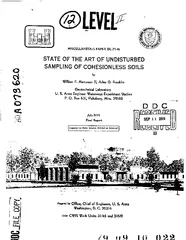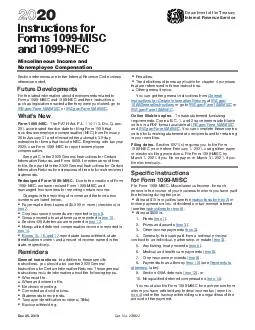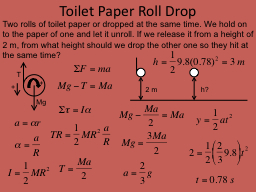PDF-MISCELLANEOUS PAPER GL-79-16
Author : danika-pritchard | Published Date : 2015-11-25
3 IE VEL STATE OF THE ART OF UNDISTURBED SAMPLING OF COHESIONLESS SOILS by William F Marcuson 111 Arley G Franklin Geotedinical Laboratory U S Army Engineer Waterways
Presentation Embed Code
Download Presentation
Download Presentation The PPT/PDF document "MISCELLANEOUS PAPER GL-79-16" is the property of its rightful owner. Permission is granted to download and print the materials on this website for personal, non-commercial use only, and to display it on your personal computer provided you do not modify the materials and that you retain all copyright notices contained in the materials. By downloading content from our website, you accept the terms of this agreement.
MISCELLANEOUS PAPER GL-79-16: Transcript
Download Rules Of Document
"MISCELLANEOUS PAPER GL-79-16"The content belongs to its owner. You may download and print it for personal use, without modification, and keep all copyright notices. By downloading, you agree to these terms.
Related Documents














